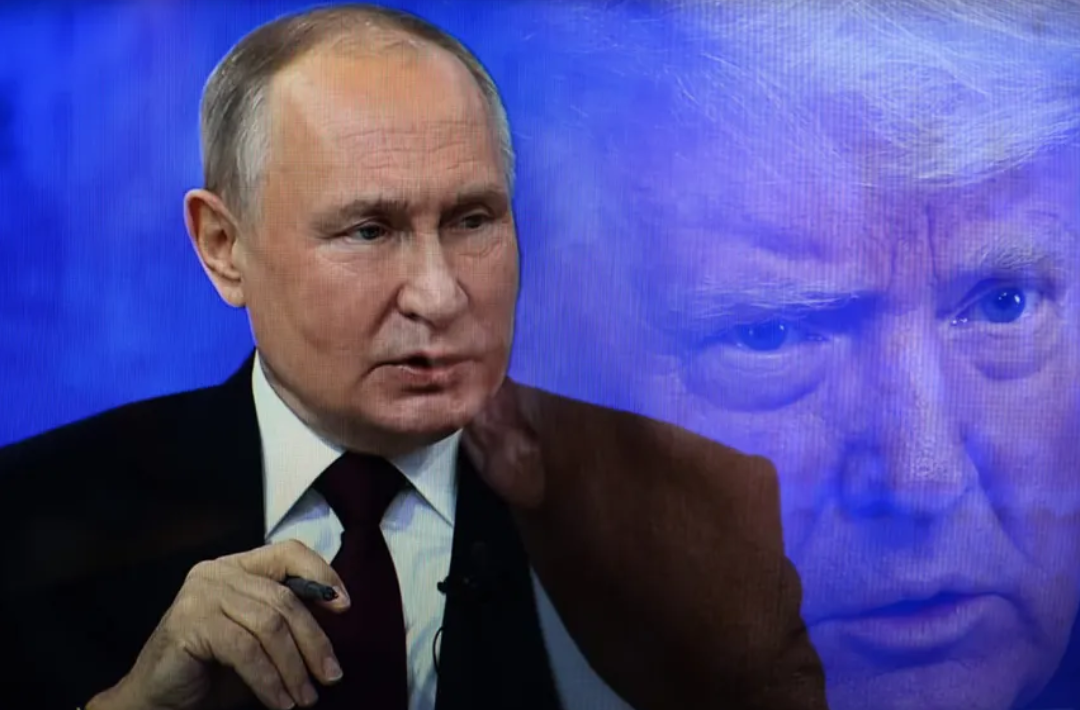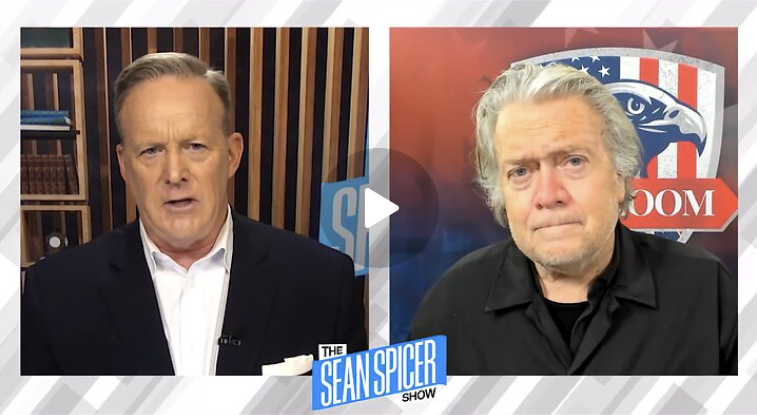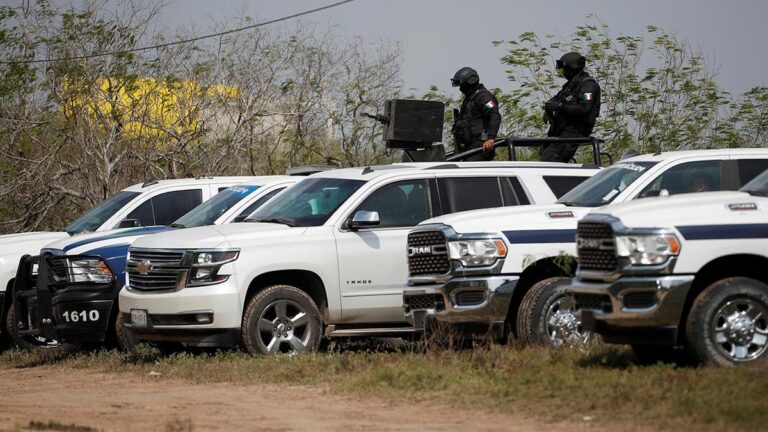
U.S. Proposes Controversial Ukraine Peace Plan, Suggesting Russian Control Over Occupied Territories
April 18, 2025
In a significant development in the ongoing Russia-Ukraine conflict, the United States has reportedly proposed a peace plan that would leave former Ukrainian territories under Russian control while easing sanctions on Moscow, according to a Bloomberg report published on April 18, 2025. The proposal, discussed during ceasefire talks in Paris on April 17, has sparked intense debate, with critics arguing it undermines Ukraine’s sovereignty and rewards Russian aggression. The plan, which also sidelines Ukraine’s NATO aspirations, reflects a U.S. push to broker a swift ceasefire, but it faces significant hurdles, including opposition from Kyiv and skepticism from European allies.
Details of the U.S. Proposal
Citing unnamed European officials familiar with the talks, Bloomberg reported that the U.S. plan envisions a de facto freeze of the conflict, allowing Russia to retain control over territories it currently occupies, including parts of Donetsk, Luhansk, Zaporizhzhia, and Kherson oblasts, as well as Crimea, which Russia illegally annexed in 2014. The proposal does not clarify whether the U.S. is advocating for de facto or de jure recognition of Russian control, leaving ambiguity about the legal status of these territories.
Key elements of the plan include:
- Easing Sanctions on Russia: The U.S. reportedly suggested rolling back some sanctions against Moscow as an incentive for a lasting ceasefire. However, lifting EU sanctions, such as unfreezing Russian assets, would require unanimous approval from all member states, a challenging prospect given Europe’s firm stance against Russia’s actions.
- Halting Ukraine’s NATO Ambitions: The proposal explicitly excludes Ukraine’s aspirations to join NATO, aligning with one of Russia’s long-standing demands to neutralize Ukraine militarily.
- Security Guarantees for Ukraine: European officials emphasized that any agreement must include robust security guarantees for Ukraine to prevent future Russian aggression, though details remain vague.
The plan is not intended as a final settlement, with one official stressing that European allies would not recognize the occupied territories as Russian. Further discussions with Kyiv are required, highlighting Ukraine’s critical role in any agreement.
Context and Reactions
The U.S. proposal comes amid growing frustration in the Trump administration over the stalled peace process. President Donald Trump, who pledged during his campaign to end the war within 24 hours, later extended the timeline to 100 days. With progress elusive, U.S. Secretary of State Marco Rubio warned in Paris that the U.S. might abandon ceasefire efforts if no tangible results emerge within days, stating, “If it’s not doable in the next few weeks, we have other priorities.”
Ukrainian President Volodymyr Zelensky has sharply criticized the proposal, particularly targeting U.S. Special Envoy Steve Witkoff, whom he accused on April 17 of spreading Russian propaganda by discussing Ukrainian territory in back-channel talks with Moscow. Zelensky has repeatedly vowed that Ukraine will not cede any territory as part of a peace deal, emphasizing the importance of restoring Ukraine’s pre-2014 borders.
European allies, while engaged in the Paris talks, have expressed reservations. They have pushed Washington to prepare a harsher response if Russia refuses to negotiate, reflecting concerns that the U.S. plan may concede too much to Moscow. The EU’s refusal to recognize Russian control over Ukrainian territories underscores a divergence in approach, as Europe remains committed to supporting Ukraine’s territorial integrity.
Russia, meanwhile, has shown little willingness to compromise. The Kremlin rejected a U.S.-mediated 30-day ceasefire proposal on March 11 and violated a partial truce on energy infrastructure more than 30 times since its agreement on March 25. Russian President Vladimir Putin has demanded full control over the four partially occupied Ukrainian oblasts, a ban on Ukraine’s NATO membership, and limits on Ukraine’s military capabilities—terms Kyiv considers tantamount to capitulation.
Implications for Ukraine and the Region
The U.S. proposal has raised alarm among Ukrainians, particularly the roughly 6 million people, including 1 million children, living under Russian occupation. Reports from occupied territories describe a dire human rights situation, with systematic repression, torture, and abuse. Residents fear that a peace deal ceding their land to Russia would abandon them to an uncertain fate under Moscow’s rule.
For Ukraine, the proposal represents a painful dilemma. Accepting Russian control over occupied territories would mean acknowledging significant territorial losses, potentially undermining national morale and Zelensky’s leadership. Rejecting the deal, however, risks straining relations with the U.S., Ukraine’s largest military and financial backer, which has provided over $118 billion in aid since 2022.
The plan also has broader geopolitical ramifications. By sidelining NATO expansion and easing sanctions, the U.S. risks alienating European allies and emboldening Russia, which could interpret the concessions as a victory. Furthermore, the proposal’s focus on a frozen conflict rather than a comprehensive resolution may only delay future hostilities, leaving Ukraine vulnerable.
Challenges Ahead
The path to implementing the U.S. proposal is fraught with obstacles. Russia’s intransigence, Ukraine’s firm stance on territorial integrity, and Europe’s reluctance to fully endorse the plan create a complex diplomatic landscape. The Kremlin’s insistence on preconditions, such as sanctions relief before agreeing to a Black Sea ceasefire, has already derailed partial truces.
Moreover, the proposal’s reliance on easing EU sanctions faces significant resistance. Unfreezing Russian assets or lifting trade restrictions requires consensus among all 27 EU member states, many of which remain staunchly opposed to rewarding Russia’s aggression.
Public sentiment in Ukraine, where 77% of citizens view a temporary truce positively but oppose territorial concessions, adds another layer of complexity. Zelensky’s earlier suggestion of swapping occupied Ukrainian territory for Russian-controlled areas, such as parts of Kursk Oblast, indicates some openness to negotiation, but ceding large swaths of land remains politically toxic.
Conclusion
The U.S. proposal to leave former Ukrainian territories under Russian control marks a bold but contentious attempt to end the Russia-Ukraine war. While aimed at securing a swift ceasefire, the plan risks alienating Ukraine, straining transatlantic unity, and emboldening Moscow. As discussions continue, the delicate balance between peace, justice, and sovereignty will test the resolve of all parties involved. With the Trump administration signaling a short window for progress, the coming weeks will be critical in determining whether this proposal gains traction or collapses under the weight of competing interests.
For now, the fate of millions in occupied Ukraine hangs in the balance, as Kyiv, Washington, and Moscow navigate one of the most challenging diplomatic endeavors of the conflict.
Sources: Bloomberg, Kyiv Independent, Reuters, NBC News, Ukrainska Pravda, RT World News, Yahoo News, CNN



